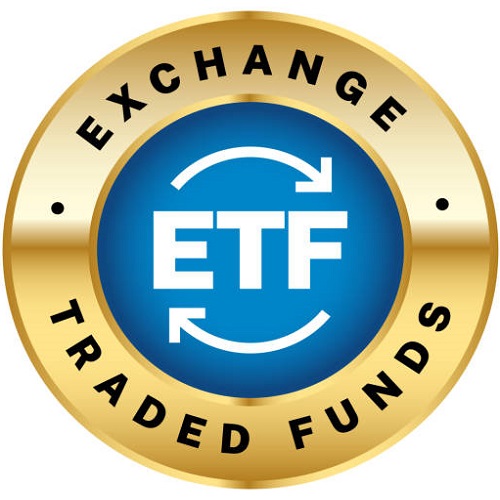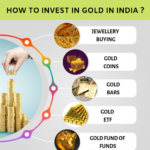What is an ETF?
- An Exchange Traded Fund (ETF) is an investment fund that trades on stock exchanges, similar to individual stocks. ETFs hold a collection of assets such as stocks, bonds, commodities, or a mix of these. They aim to track the performance of a specific index, sector, or commodity, providing investors with diversification and flexibility.
How Does an ETF Work?
- ETFs are designed to replicate the performance of a specific index or asset class. For example, a stock ETF might aim to mirror the performance of the S&P 500 index. Investors buy shares of the ETF on an exchange, and the ETF’s value fluctuates throughout the trading day based on the value of the underlying assets.
Benefits of ETFs
- Diversification: By investing in an ETF, you gain exposure to a broad range of securities, reducing the risk associated with holding individual stocks.
- Liquidity: ETFs can be bought and sold throughout the trading day, offering greater flexibility compared to mutual funds, which only trade at the end of the day.
- Lower Costs: ETFs often have lower expense ratios compared to mutual funds because they are passively managed to track an index, rather than actively managed.
- Transparency: Most ETFs disclose their holdings daily, providing investors with a clear view of their investments.
Types of ETFs
- Stock ETFs: Track indices such as the S&P 500 or NASDAQ.
- Bond ETFs: Invest in bonds and aim to provide income through interest payments.
- Commodity ETFs: Invest in physical commodities like gold, oil, or agricultural products.
- Sector and Industry ETFs: Focus on specific sectors like technology, healthcare, or energy.
- International ETFs: Provide exposure to markets outside your home country.
- Thematic ETFs: Target specific investment themes or trends, such as renewable energy or artificial intelligence.
FAQs about ETFs
- How do I buy an ETF?
Start SIP with Zero Charges and Make 1 Crore : Start Stock SIP Today
В В В В В В ETFs can be purchased through brokerage accounts, just like individual stocks. You place an order to buy shares of the ETF, and the transaction is executed on the stock exchange.
В В В 2. Are ETFs a good investment for beginners?
В В В В В В В Yes, ETFs are often recommended for beginners due to their diversification, low costs, and ease of trading. They provide a simple way to gain exposure to a broad market or sector.
В В В В 3. What is the difference between an ETF and a mutual fund?
В В В В В В В ETFs trade on stock exchanges throughout the day like individual stocks, while mutual funds are bought and sold at the end of the trading day at the net asset value (NAV). ETFs generally have lower fees and greater trading flexibility.
В В В В 4. What are the risks associated with ETFs?
В В В В В В В While ETFs offer diversification, they are not without risk. Market risks, such as fluctuations in the value of underlying assets, can affect ETF performance. Specific risks depend on the type of ETF and its underlying assets.
В В В В 5. Can I buy ETFs in my retirement account?
В В В В В В В Yes, ETFs can be purchased within retirement accounts, allowing for potential tax advantages and long-term growth.
В В В В 6. How are ETFs taxed?
       ETFs are subject to capital gains taxes. If you sell ETF shares at a profit, you may owe taxes on the gains. The tax treatment can vary depending on the type of ETF and the investor’s tax situation.
В В В В 7. Do ETFs pay dividends?
В В В В В В В Many ETFs pay dividends based on the income generated by their underlying assets. Dividends are typically distributed on a quarterly basis, though the frequency can vary.
    8. What is an ETF’s expense ratio?
       The expense ratio is a measure of the cost of managing the ETF, expressed as a percentage of the fund’s average assets. Lower expense ratios are generally more favorable, as they indicate lower management fees.
В В В 9. How do I know if an ETF is right for me?
       Consider your investment goals, risk tolerance, and time horizon. Research the ETF’s holdings, performance history, and expense ratio. Consulting with a financial advisor can also help in selecting the right ETF for your needs.




